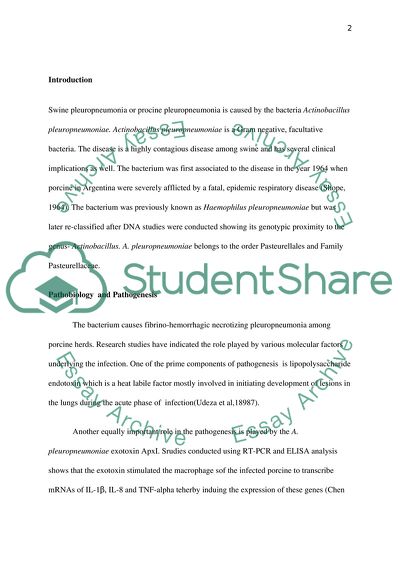Cite this document
(Swine pleuropneumonia Research Paper Example | Topics and Well Written Essays - 1000 words, n.d.)
Swine pleuropneumonia Research Paper Example | Topics and Well Written Essays - 1000 words. https://studentshare.org/medical-science/1851060-swine-pleuropneumonia
Swine pleuropneumonia Research Paper Example | Topics and Well Written Essays - 1000 words. https://studentshare.org/medical-science/1851060-swine-pleuropneumonia
(Swine Pleuropneumonia Research Paper Example | Topics and Well Written Essays - 1000 Words)
Swine Pleuropneumonia Research Paper Example | Topics and Well Written Essays - 1000 Words. https://studentshare.org/medical-science/1851060-swine-pleuropneumonia.
Swine Pleuropneumonia Research Paper Example | Topics and Well Written Essays - 1000 Words. https://studentshare.org/medical-science/1851060-swine-pleuropneumonia.
“Swine Pleuropneumonia Research Paper Example | Topics and Well Written Essays - 1000 Words”. https://studentshare.org/medical-science/1851060-swine-pleuropneumonia.


